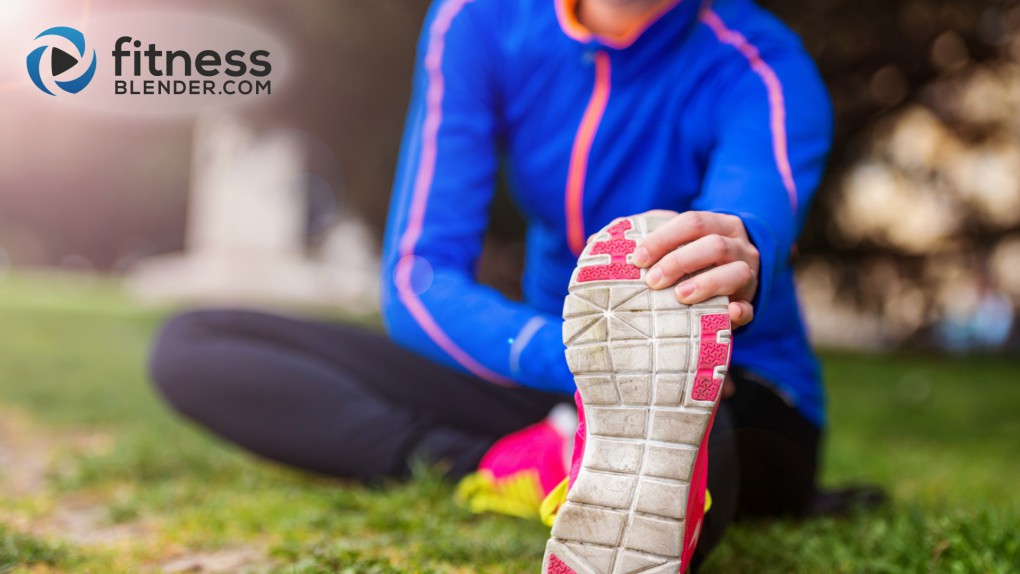So maybe you are in your 20’s or 30’s and you are already starting to develop knee pain. Maybe you are wondering what you should do about it before it gets worse or even if there is anything you can do about it to prevent further damage and pain later in life. You may already have patellofemoral pain syndrome, Iliotibial Band (ITB) syndrome or mild arthritis but there are things you can do to help improve knee function and prevent further damage.
Knee pain can be caused by injury or can develop over time. One way to prevent knee pain is to manage your weight. Increased weight can increase stress on the knee joints and lead to pain and other conditions. Increased weight also increases the risk of getting osteoarthritis in the knees which can lead to pain, limited mobility and a possible knee replacement surgery down the line. Taking extra weight off your body can improve your ability to function and can also decrease your risk for knee conditions in the future. Evidence shows that losing weight helps treat knee osteoarthritis so if you never gain the weight you can decrease your risk of acquiring osteoarthritis in the first place.
Proper shoe wear/footwear can be important in preventing knee injuries, particularly in workouts of long duration, outside workouts or those that are on uneven/hard surfaces. Poor alignment of the foot and ankle can increase dysfunction up the chain and can affect the knee and hip joints. If you have poor alignment of the foot and ankle this can lead to muscle imbalance and ultimately knee dysfunction and pain. Proper footwear is especially important for runners due to the high impact that running causes on the knee joints itself and without the proper footwear you may set yourself up for risk of knee conditions and injury.
Participation in low impact exercises can also help to decrease risk of knee injuries and pain in the future. Functional bodyweight workouts, walking, swimming and biking - in moderation - are low impact activities that you can perform to increase cardiovascular endurance while not putting increased stress on your knees. Properly implemented weight training and strength training (with great form and adequate rest in between sessions) can also better support your knee joints and decreased risk of injury.
Other quick tips to prevent knee pain:
- If you are having mild pain, try not to discontinue activity all together because this can cause weakness and make the pain worse.
- Don’t change the intensity of your workout suddenly, instead, gradually increase intensity as tolerated. It may be tempting to jump into brutal workouts straight away but the truth is that not scaling in difficulty gradually may significantly improve the likelihood of injury.
- Consider going to see a physical therapist to address any pain and limitations you may be having before things get worse, and always talk to a professional with your specific health history before making any changes or starting into a new workout program.
- Beware of overtraining; when it comes to almost literally any training style, more is not necessarily better.
- Allow for proper healing in between workouts.
Protecting your knee joints now can minimize pain and injury in the future. Even if you are not having issues now you need to take preventative measures to maintain the health of your knees or you may be setting yourself up for injury and pain in the future.
Written by L Augustyn, Physical Therapist
